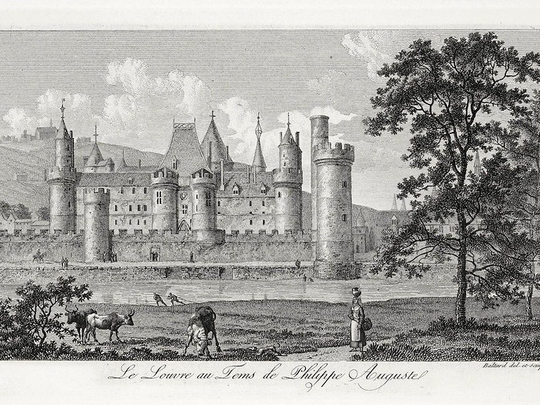
Dubai
The Musée du Louvre, that art enthusiasts know and love today, was not always a museum.
It was originally a fortress, built in 1190, to protect Parisians against Viking attacks, with a moat protecting it from attacks, and defence towers in all corners.
The Louvre was then turned into a royal palace in the 16th Century.
It only — and finally — became a museum in 1793, during the French Revolution.
But under Napoleon Bonaparte’s reign, in 1802, the museum was renamed Musée Napoleon. After his fall in 1814, it received its current name - the Musée du Louvre.
Through its long history, the Louvre has also been used as a prison, and as an office for the finance ministry.
And when the Second World War came around, the Nazis used the Louvre as a storeroom for stolen art where the Commander of the Luftwaffe, Hermann Göring, would choose paintings for his home.
The museum staff hid many paintings in different places for safekeeping.
So the grand building you see today, holding many treasures from around the world, is a testament to history itself.











